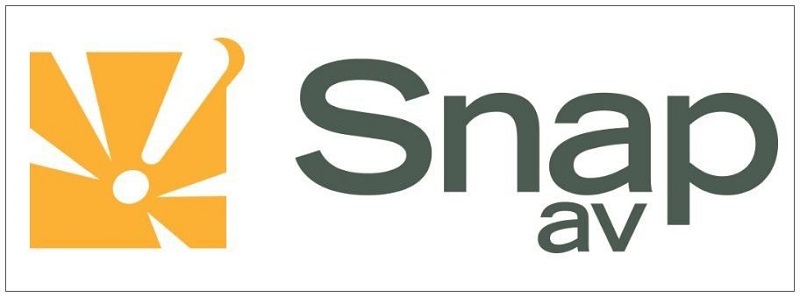Josh Litwack of SnapAV joins us for another edition of CI 3 Questions to talk binary MoIP, their answer to AVoIP, as well as some typical challenges to this expanding category of AV distribution.
CI: For first-timers to AVoIP, what do you think are the biggest challenges?
Josh Litwack: If you talk to engineers, the list of potential challenges is technically endless. Bandwidth, compression formats, etc…. but if you speak with the actual integrators, we’re hearing two big considerations: how complex is it to configure on the network/the impact to network performance. The other thing: how easy is it to buy, manage, and control for the client?
CI: How does the binary MoIP system solve those challenges?
JL: The choice we made with this system revolve around simplicity of deployment, ease of setup, and minimal impact to the network.
Read Next: The Industry Reacts to AVoIP Arguments
You can use this system with our free OvrC platform. You can deploy these on discreet networks or the client network without worry of any impact.
CI: What advantages does the SnapAV dealer portal bring to solve those challenges?
JL: It gives ever SnapAV partner real-time stock status, real-time pricing, very detailed levels of product knowledge, lots of support documentations, etc.
Our entire goal is to save our partners time and money, and a big part of that is making the procurement, design, and engineering process as efficient as possible.
To learn more, visit SnapAV’s website and watch the video above.










